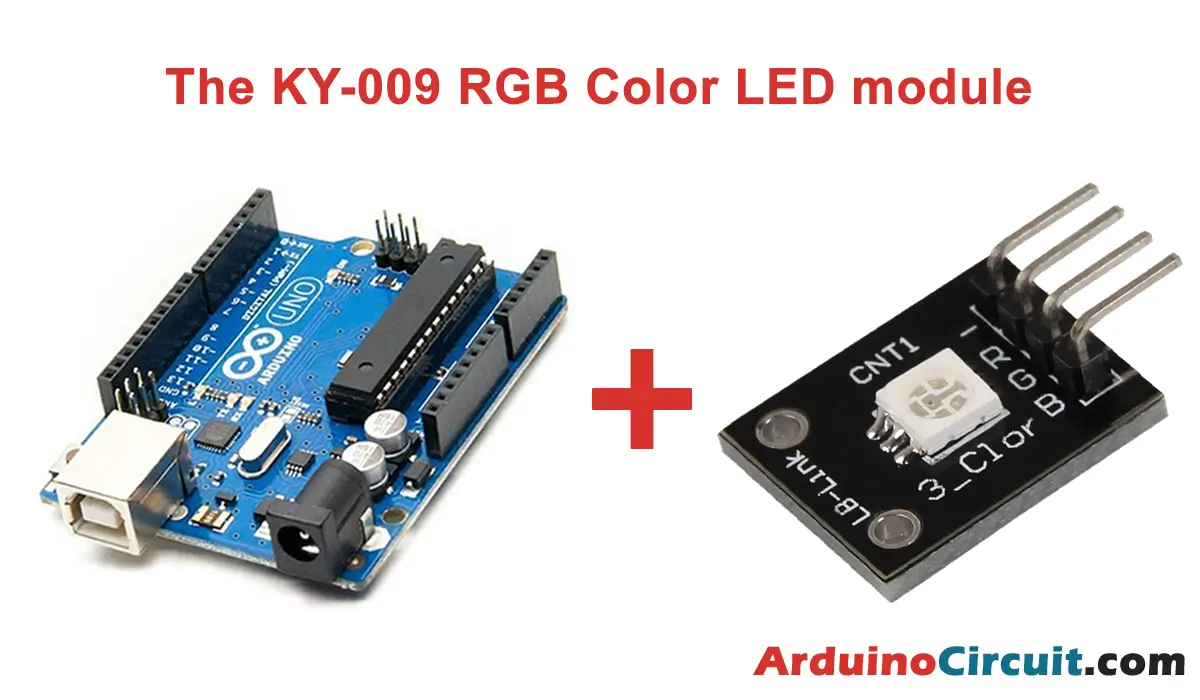Introduction
Today we learn How to Use Measure Soil Moisture with Arduino and FC-28 Hygrometer, The integration of Arduino with the FC-28 Soil Moisture Sensor offers an efficient and accessible way to measure soil moisture levels for various applications. This project utilizes an Arduino UNO microcontroller, a widely-used development board known for its versatility, alongside the FC-28 Hygrometer. With the aid of jumper wires and a breadboard, this setup facilitates a straightforward solution for monitoring and managing soil moisture content, essential for optimizing agricultural practices, gardening, or environmental monitoring.
Hardware Required
You will require the following Hardware Components for interfacing the SensorModule with Arduino.
| Components | # | Buy From Amazon |
|---|---|---|
| Arduino UNO | 1 | Buy Link |
| FC-28 Soil Moisture Sensor | 1 | Buy Link |
| 9v DC Adapter (Optional) | 1 | Buy Link |
| Jumper Wires | 3 | Buy Link |
| Breadboard | 1 | Buy Link |
What is an FC-28 hygrometer?
The FC-28 Hygrometer is a soil moisture sensor designed to gauge the moisture content in the soil. It typically comprises two probes that measure the electrical conductivity of the soil, which varies with moisture levels. As soil moisture increases, conductivity rises, and vice versa. The FC-28, specifically, is known for its reliability and ease of use, making it a popular choice for DIY projects and applications requiring accurate soil moisture measurements.
Pinout

Pin Configuration
| Pin Name | Pin Type |
|---|---|
| VCC | Positive supply Pin |
| GND | Ground Pin |
| A0 | Analog Pin |
| D0 | Digital Pin |
Features
- Adjustable Sensitivity: The FC-28 allows users to adjust the sensitivity of the sensor based on the specific soil and environmental conditions.
- Analog Output: Provides analog output proportional to the soil moisture level, allowing for precise readings.
- Durable Build: With corrosion-resistant probes, the FC-28 is suitable for prolonged use in soil environments.
- Compatibility: Easily interfaces with Arduino and other microcontrollers, enhancing its versatility.
Circuit Diagram
The following circuit shows you the connection of How to Use Measure Soil Moisture with Arduino and FC-28 Hygrometer Please make the connection carefully

Circuit Connections
| Arduino | Soil Moisture Sensor |
|---|---|
| +5V | VCC Pin |
| GND | GND Pin |
| A0 | A0 Pin |
Installing Arduino IDE Software
First, you will require to Download the updated version of Arduino IDE Software and Install it on your PC or laptop. if you Learn How to install the Arduino step-by-step guide then click on how to install Arduino Button given Blow
Code
The required code is quite straightforward. When using the analog signal A0, we read the value via the analog input and utilize the serial port to showcase the value on the screen. In a practical scenario, this value would be employed to trigger actions instead of merely displaying it.
//For more Projects: www.arduinocircuit.com
const int sensorPin = A0;
void setup() {
Serial.begin(9600);
}
void loop()
{
int humidity = analogRead(sensorPin);
Serial.print(moisture);
if(humidity < 500)
{
Serial.println("On");
//do the necessary actions
}
delay(1000);
}If we are utilizing a digital signal, a digital input is employed to ascertain the status. In the provided example, we display a message on the screen, but in a real-world scenario, we would execute the relevant actions accordingly.
//For more Projects: www.arduinocircuit.com
const int sensorPin = 10;
void setup()
{
Serial.begin(9600);
pinMode(sensorPin, INPUT);
}
void loop()
{
int humidity = digitalRead(sensorPin);
//send message to serial port based on the value read
if (humidity == HIGH)
{
Serial.println("On");
//here the actions would be executed
}
delay(1000);
}Applications
- Agriculture: Enables farmers to optimize irrigation by monitoring soil moisture, and promoting water conservation.
- Gardening: Helps gardeners maintain optimal soil conditions for plant growth.
- Research: Utilized in scientific studies and environmental monitoring to understand soil moisture patterns.
- Automated Systems: Integrated into automated systems to trigger actions such as watering based on real-time soil moisture data.
- Smart Irrigation: Supports the development of smart irrigation systems for efficient water management in landscapes and greenhouses.





